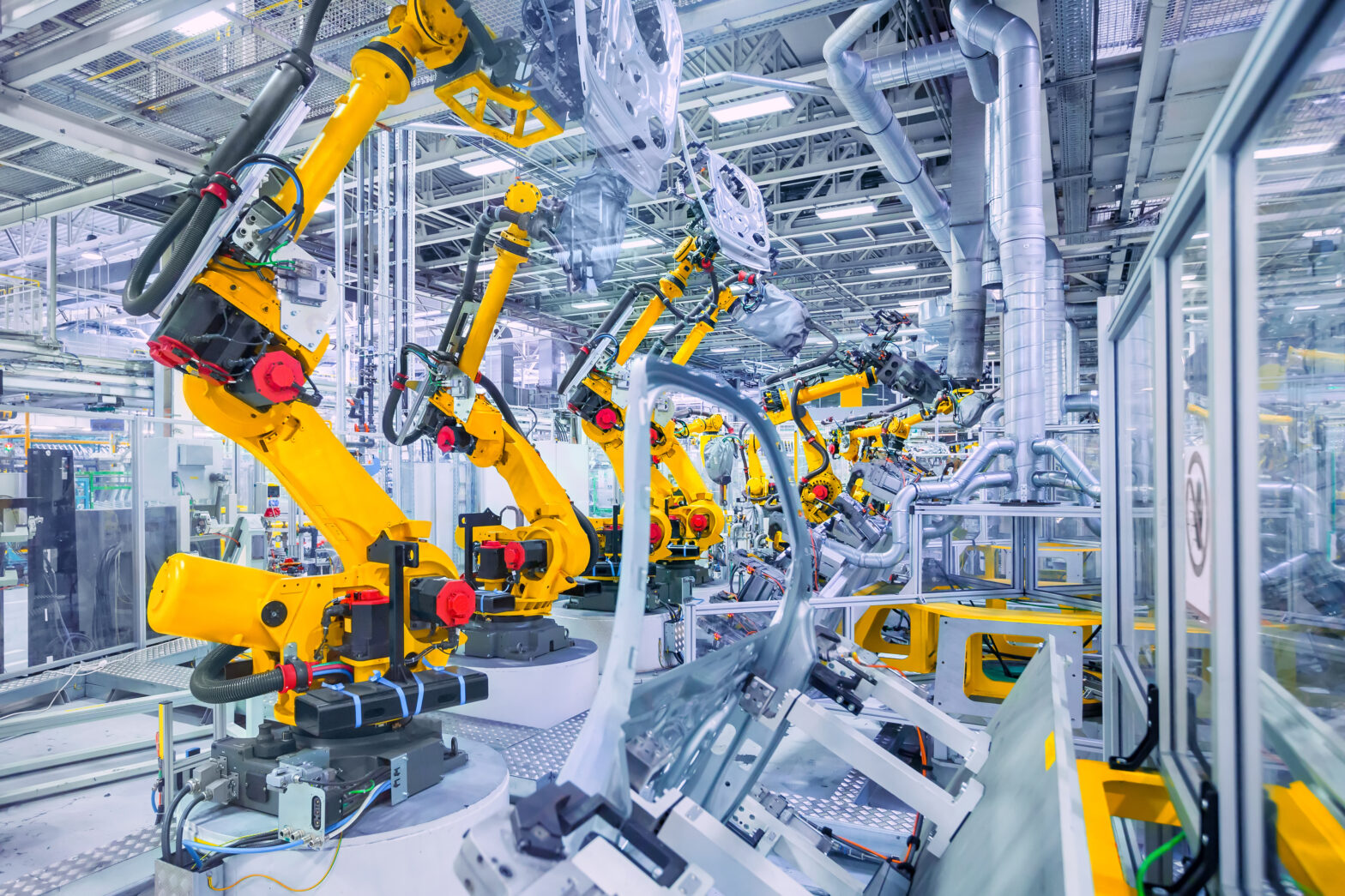The Fourth Industrial Revolution is changing the very concept of manufacturing. Within the smart factory, software-defined automation allows manufacturers to link all stages of the value chain, rapidly adapt to changing markets, and create highly personalised products on a mass scale. These machines communicate their health and status in real time, increasing efficiency and throughput and minimizing downtime.
The opportunities presented by this revolution are incredible. According to McKinsey, the economic impact of smart factories could reach up to $2.3 trillion per year by 2025.
At the heart of the Fourth Industrial Revolution is the Internet of Things (IoT), which uses digital technology to connect sensors, actuators, and machines to each other and to factory workers. The IoT enables a broad swath of transformational opportunities, including open-standards-based automation solutions, IT and operational technology (OT) convergence, and vastly enhanced business intelligence.
These opportunities flow from the IoT’s ability to handle enormous variety, velocity and volumes of data. Many manufacturers are already feeling the benefits of this access to industrial IoT (IIoT) data. In an Economist Intelligence Unit study of senior factory executives, 86% reported major increases in shop floor data collection over the past two years, and two-thirds said data insights have led to annual quality and efficiency savings of 10% or more.
But all of these advances are dependent upon collaboration – no single organisation can deliver the benefits of IIoT alone. That is why computing juggernaut Intel has partnered with technology leaders like ADLINK, Dell, IBM, PrismTech (an ADLINK company), and SAS. Together these companies are powering smart factories with solutions that generate value from industrial data.
See also: Free ebook download – Challenges and Opportunities in the Fourth Industrial Revolution
IoT growth
Manufacturers compete in a marketplace that has grown increasingly global, with fast-changing requirements and ever-greater demands for profitability. To keep pace, companies need to improve their processes through better visibility into their production status, equipment condition and other vital facets of operation.
The IIoT is already providing a compelling answer to this need. The market for the IIoT was valued at $94 billion in 2014 and is expected to reach $151 billion by 2020, a CAGR of 8.03% between 2015 and 2020, according to a research report by MarketsandMarkets.
This rapid growth represents huge opportunities for the industrial sector, but it is also triggering an unprecedented spike in data volumes. Manufacturers face numerous challenges in not only capitalising on the value of smart factories, but also dealing with issues such as interoperability, standardisation, scalability, and security.
On the standards front, many industrial devices are based on inflexible, fixed-function proprietary designs that use non-standard communications protocols. These industrial settings are held back by silos of data and islands of sensors and machines. Many companies have custom-built software that limits communication within the organisation, and complicates software updates and maintenance.
This is just one factor that makes it difficult to scale. Clear return on investment (ROI) on technology and solutions requires infrastructure and capabilities that can scale as manufacturing operations become increasingly complex. Given their attributes of scaling and elasticity, the cloud and standardized IoT gateways designed to connect sensors to the cloud are integral to the IIoT. As connected devices and data grows, the ability to scale with gateways and expand storage and networking assets, as well as compute resources, becomes a key enabler for the development of IIoT systems.
And of course security cannot be overlooked. Protecting industrial environments and critical infrastructure from the threat of cyber attacks is a challenge that keeps CIOs around the world up at night. While the IIoT presents a plethora of new opportunities for manufacturers, having more things connected to the internet and a diversity of equipment in smart factories amounts to a complex environment that requires a multi-layered security approach. Companies must reduce platform vulnerabilities, protect data and incorporate device and network security intelligence.
Overcoming the challenges of smart factories will only be achieved through collaboration between industry leaders like the ones forged by Intel, ADLINK, Dell, IBM, PrismTech, and SAS where each provides best-in-class technologies and expertise. Such partnerships enable development of solutions that maximise smart factory benefits and investment, while minimising complexity and risk.
These partners are also participating in broader industry efforts around open-standards-based industrial solutions that promote easy connectivity and interoperability between devices. Efforts to make the IoT more open and cohesive have led to the creation of consortia such as the Industrial Internet Consortium (IIC) and Open Interconnect Consortium (OIC), promoting a standards-based and inclusive development environment. Manufactures that leverage the public APIs and open standards from these groups will achieve greater success in the long run.
Further reading
4 ways predictive maintenance streamlines manufacturing
5 steps for turning industrial IoT data into a competitive advantage











